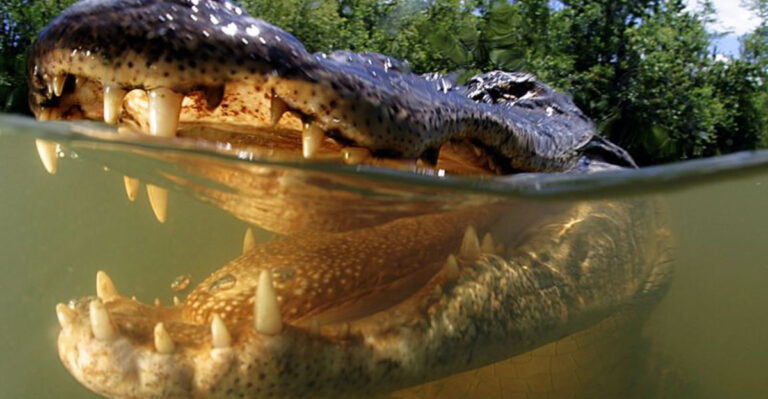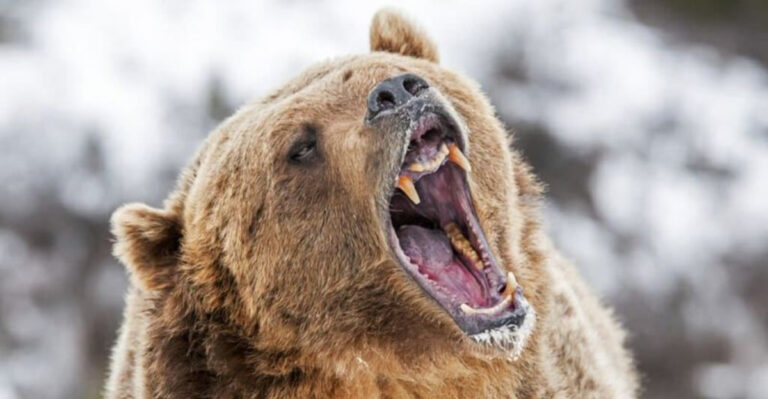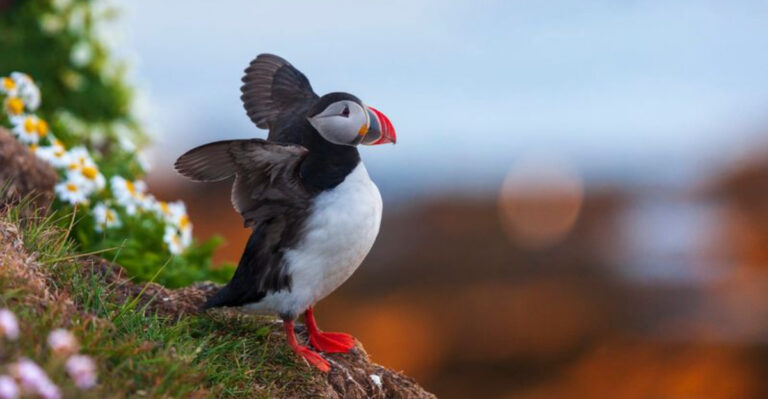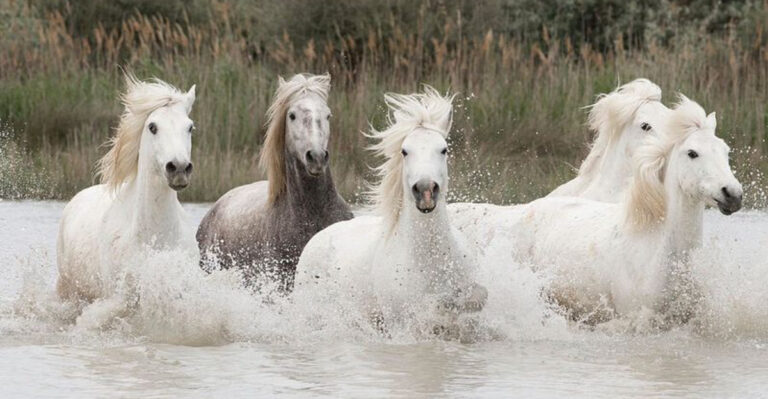22 Fascinating Raccoon Facts Every Animal Lover Should Know
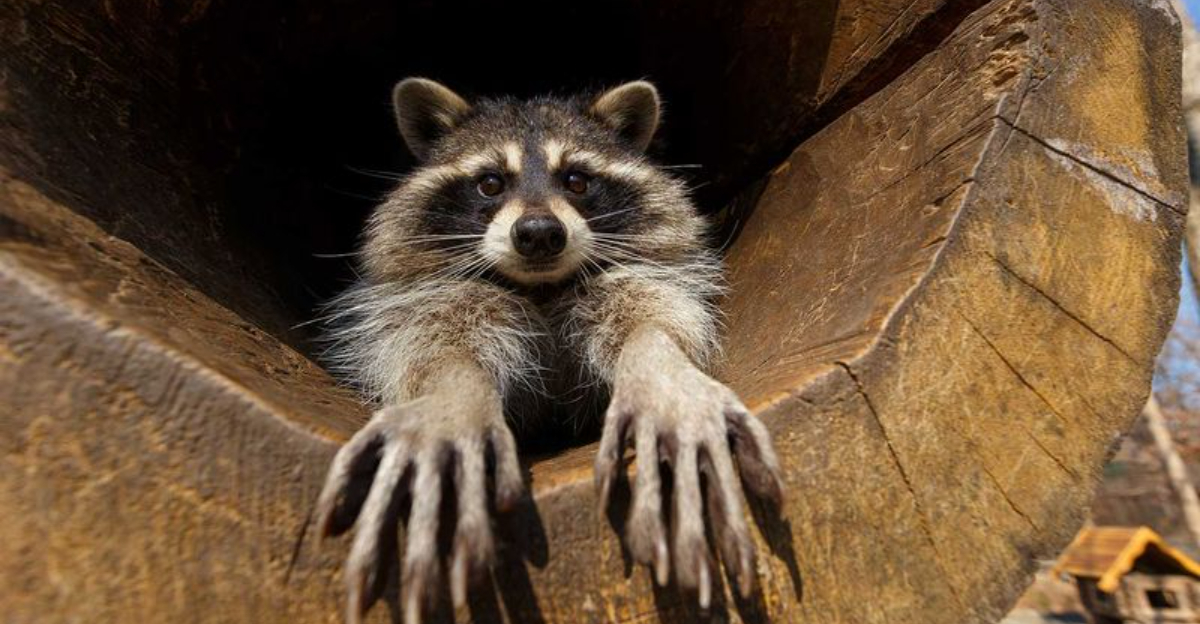
Raccoons, with their distinctive “masked” faces and clever antics, have captivated humans for centuries. These adaptable creatures are more than just adorable trash pickers—they’re incredibly intelligent, resourceful, and surprisingly complex.
No matter if they’re scavenging urban streets or prowling through dense forests, raccoons have developed fascinating behaviors and abilities that make them both unique and memorable.
1. Raccoon’s Unique Fingerprints

Just like humans, raccoons have unique fingerprints. Despite their fur-covered paws, these prints are almost identical to human ones in structure and complexity.
This fascinating trait makes raccoons one of the few animals whose fingerprints can be used for identification, adding to their mystique.
2. Raccoon Parenting
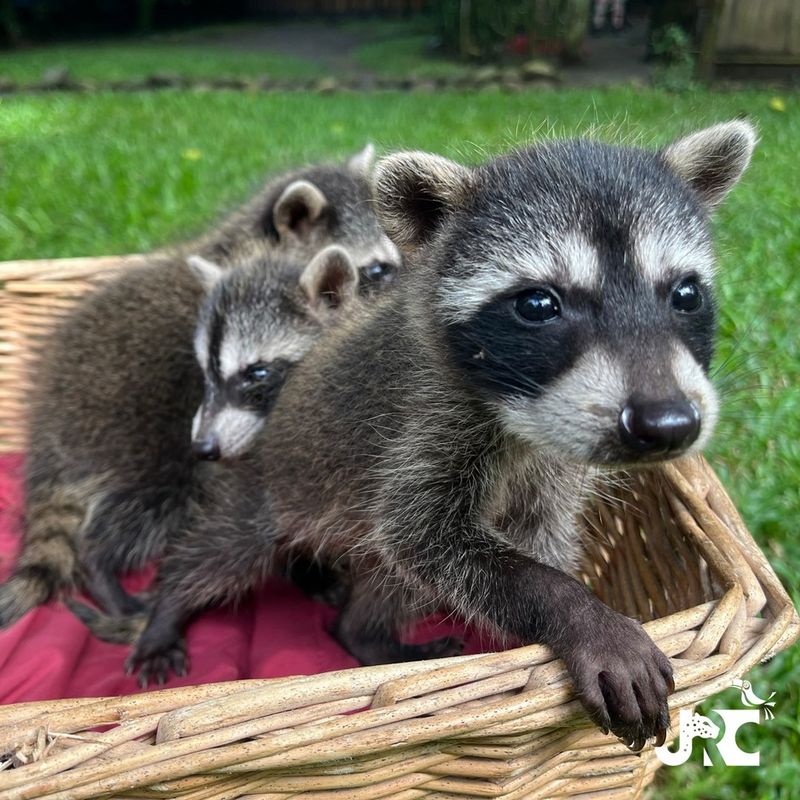
While female raccoons are primarily responsible for raising their kits, male raccoons can sometimes play a role in helping protect the young.
Typically, the female will care for her offspring for the first few months, teaching them how to forage and navigate their environment. Male raccoons, although not typically involved in rearing the young, sometimes provide protection for the family unit.
3. Masked Bandits
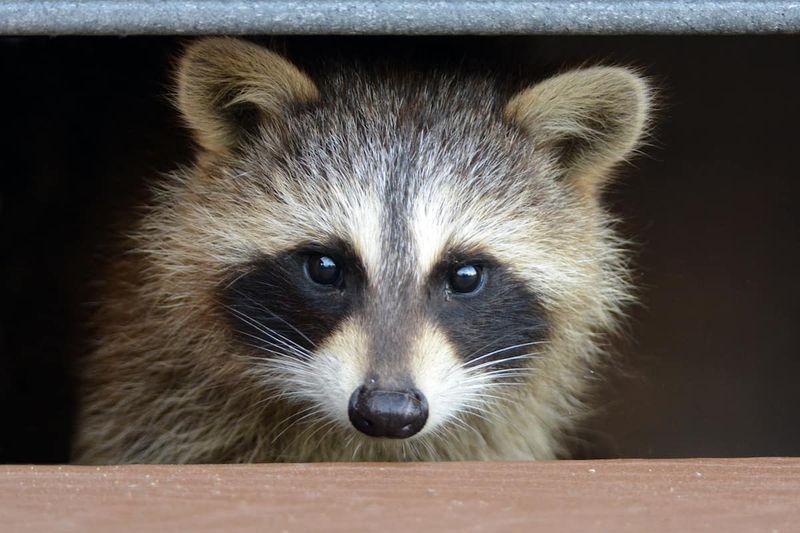
Raccoons are often recognized for their distinctive black “mask” of fur around their eyes, which has earned them the nickname “masked bandits.”
This mask may help with their nighttime vision and add to their mysterious, mischievous look. Their black markings are not just for show—they’re part of a unique pattern of facial fur that serves as camouflage in the dark, helping them stay hidden as they forage.
4. Young Explorers
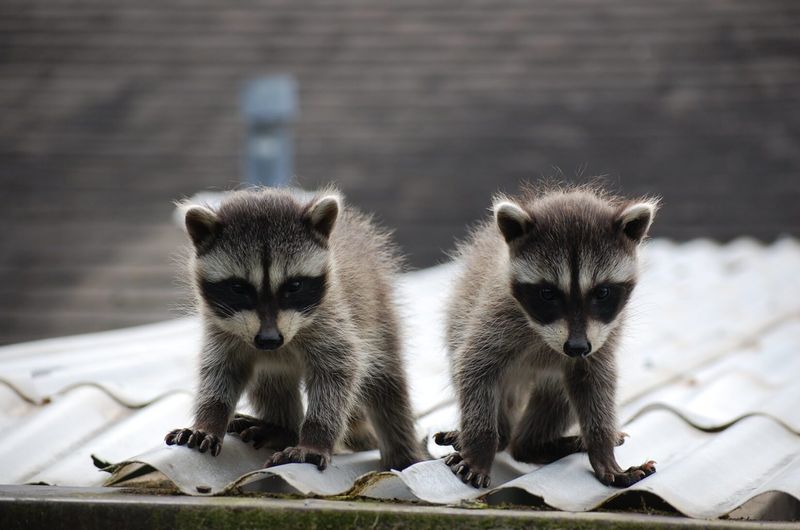
Baby raccoons, called kits, are born blind and deaf, but they quickly develop an adventurous spirit. By the time they are 8 to 10 weeks old, kits begin venturing out of the den with their mothers to explore the world around them.
These early explorations allow them to develop their skills in climbing, searching for food, and navigating their environment. It’s a natural start to their lifetime of curious and often bold behavior.
5. Dexterous Paws
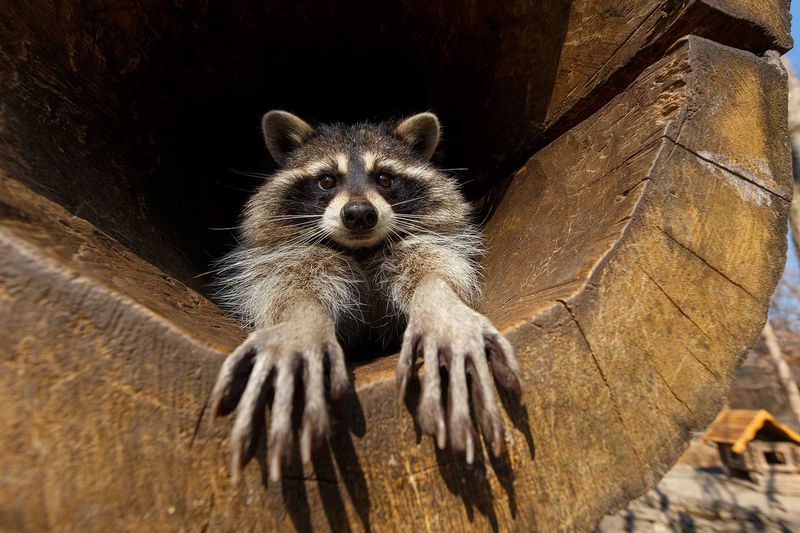
Raccoons are often referred to as having “hands” rather than paws because of their amazing dexterity. With their five fingers and opposable thumbs, they can open doors, unscrew jars, and even use tools.
Their front paws are so nimble that they can manipulate objects as well as a human could, which is why they’ve earned the reputation of being skilled and resourceful.
6. Color Vision
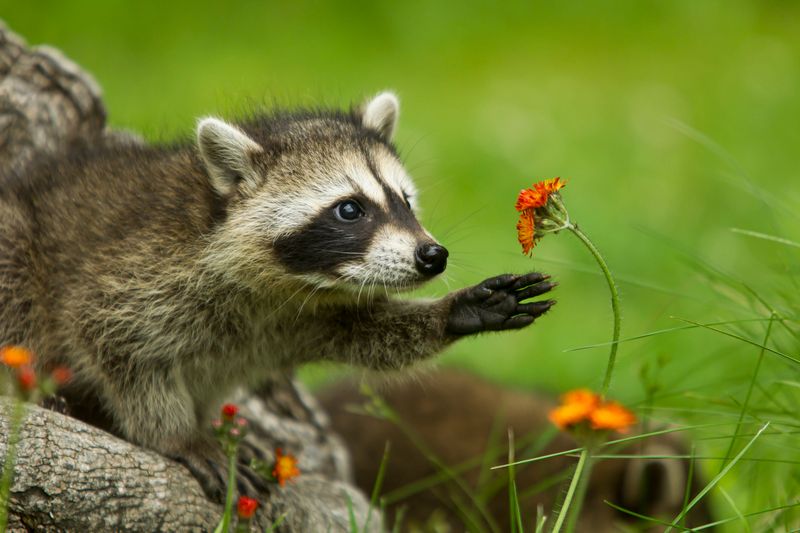
While raccoons are often associated with their nocturnal habits, they aren’t strictly colorblind. In fact, they can see colors, although not as vividly as humans.
Raccoons have excellent night vision, which helps them navigate in the dark, but their ability to distinguish between different shades in daylight adds to their adaptability in varying environments.
7. Raccoon’s Memory
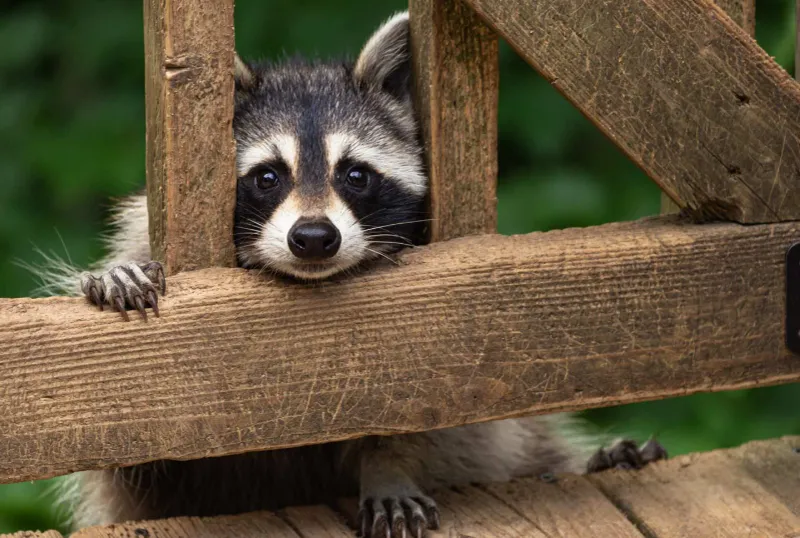
Raccoons are known for their impressive memory, particularly when it comes to remembering the locations of food sources.
They are capable of remembering tasks and locations for at least three years, which makes them incredible problem-solvers. This strong memory also helps them find their way through urban landscapes, locating food sources, and identifying potential threats.
8. The Night Explorers
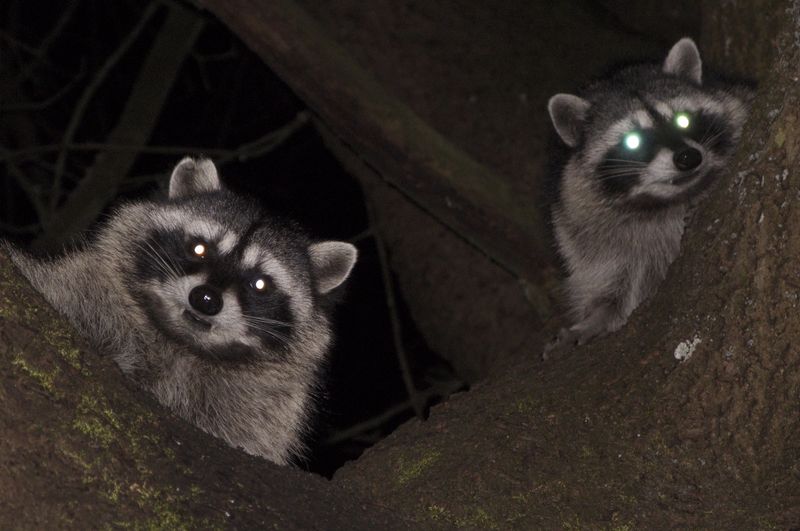
Raccoons are primarily nocturnal, making them experts in the dark. Their excellent night vision allows them to move around at night in search of food, and their heightened senses of touch and hearing help them navigate their environment.
While they are nocturnal by nature, they adapt well to human activity, often appearing under the cover of darkness to scavenge.
9. Curious And Intelligent
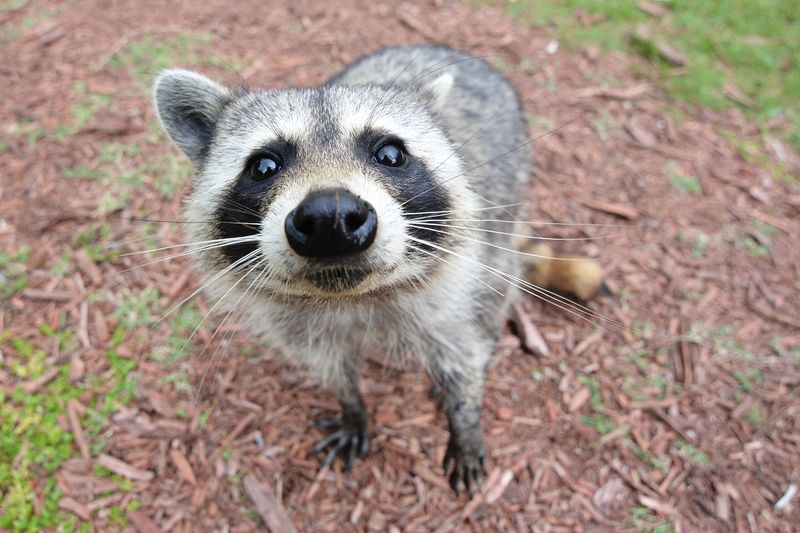
Raccoons are often described as some of the most intelligent animals in the wild. Their curiosity leads them to investigate anything that catches their eye, which is why they’re often seen rummaging through trash cans, exploring homes, or solving complex puzzles.
This intelligence allows them to adapt to a wide variety of environments and survive in urban areas where food sources are abundant but challenging to reach.
10. Highly Adaptable
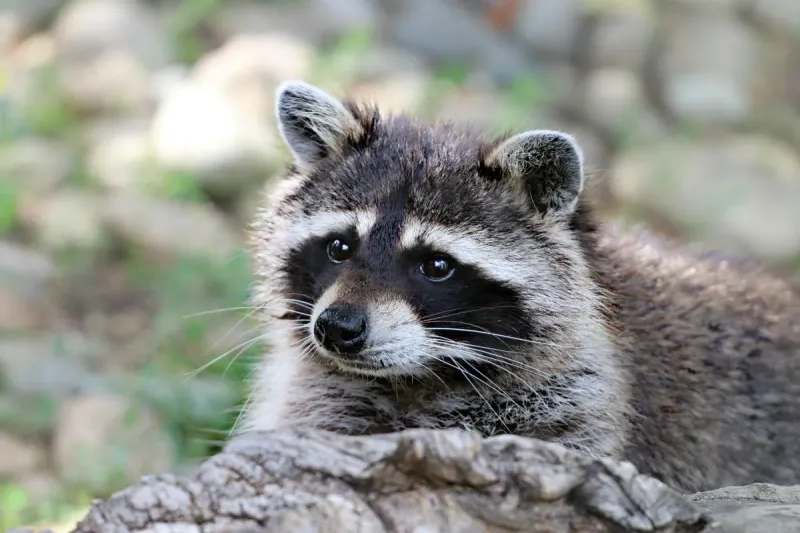
One of the reasons raccoons are so successful is their ability to adapt to different environments. They are equally at home in forests, wetlands, and urban settings.
Whether they’re navigating a busy city street or foraging for food in the wild, their versatility makes them one of the most adaptable creatures around.
11. Dietary Diversity
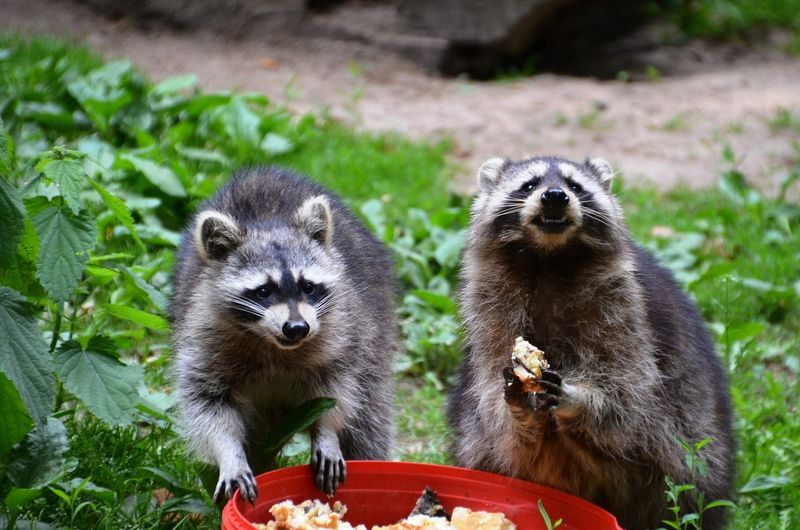
Raccoons are omnivores, which means they have a diverse diet that includes fruits, nuts, small animals, eggs, and even garbage.
This dietary flexibility allows them to thrive in almost any environment. They are opportunistic feeders, meaning they’ll eat whatever is available and easy to access—whether that’s an insect in the forest or leftovers in a human trash can.
12. Water Lovers
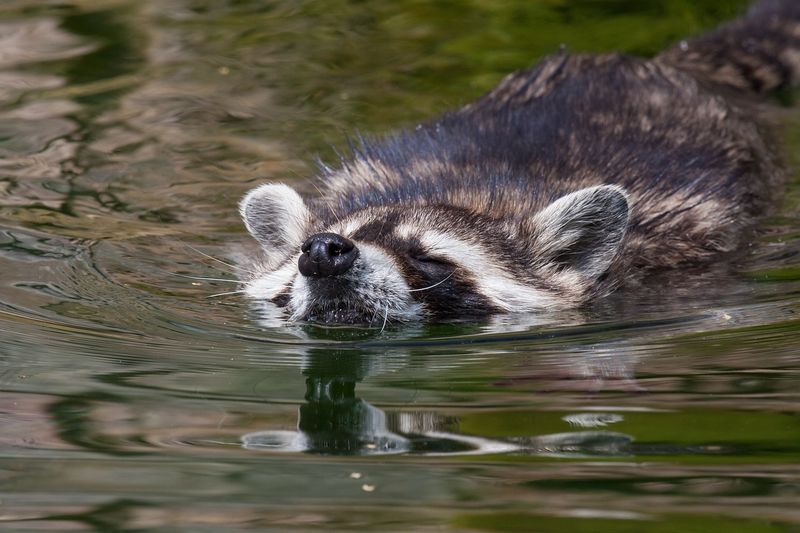
While raccoons are known for being land-dwelling animals, they are also excellent swimmers. They often live near water sources like rivers, lakes, and streams, where they forage for food.
Their love for water is reflected in their behavior—they frequently dip their food in water, and they’ll even dive for fish if the opportunity arises.
13. Urban Invaders
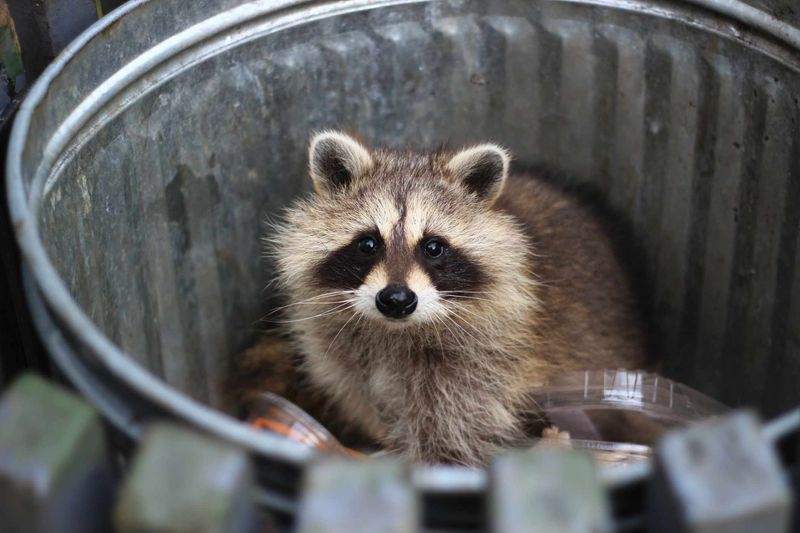
Raccoons are highly adaptable to urban environments, and their ability to live in cities has made them a common sight in neighborhoods, parks, and even attics.
They are known to rummage through garbage cans, steal food from bird feeders, and set up nests in attics or chimneys. Their dexterity and intelligence make them formidable invaders of urban spaces.
14. Socially Flexible
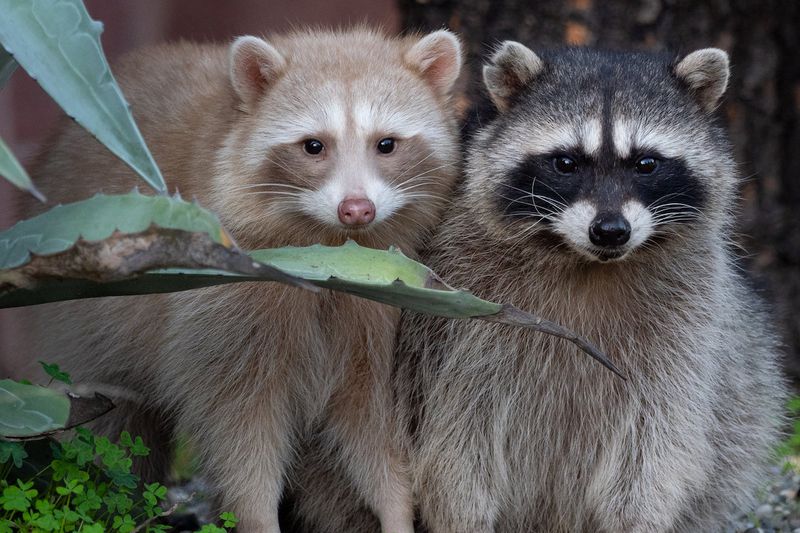
Although raccoons are often solitary animals, they are also capable of living in loose, social groups. During the winter months, raccoons may share dens and huddle together for warmth.
They also gather in groups for food in areas with abundant resources, especially during the breeding season or when young kits are involved.
15. Communication Skills
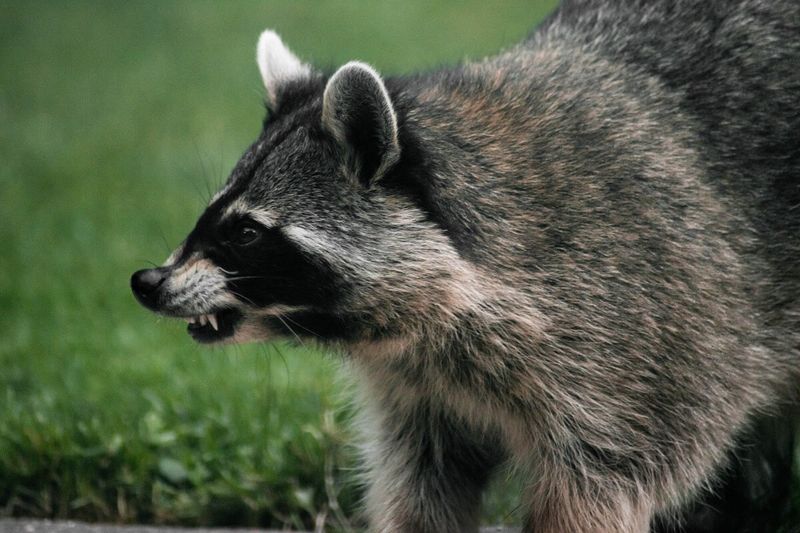
Raccoons have a wide range of vocalizations, including growls, hisses, and chirps, which they use to communicate with one another.
They also communicate through body language and scent-marking, using their highly sensitive sense of smell to signal territory and convey information to other raccoons in the area.
16. Mating Habits
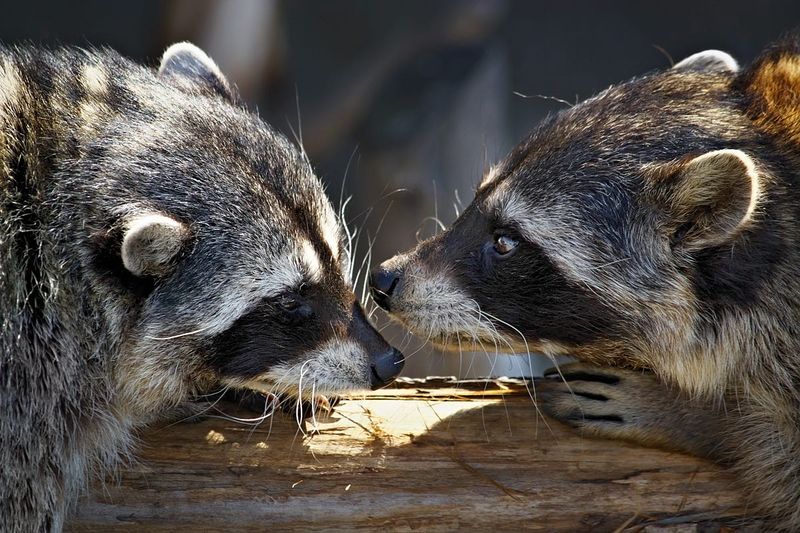
Raccoon mating season takes place in late winter to early spring, where males will actively compete for the attention of females.
After mating, females give birth to litters of 2-7 kits, usually in the spring or early summer. Mating pairs typically don’t form long-term bonds, and males will often mate with multiple females in a single season.
17. Mother’s Care
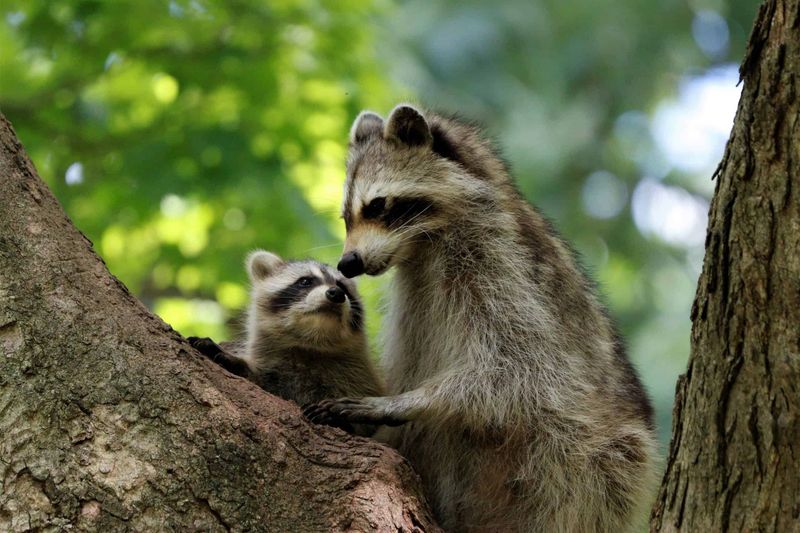
Mother raccoons are incredibly nurturing, providing strong care for their kits in the early months. After giving birth, mothers protect their young, teaching them how to forage and survive in the wild.
Raccoon mothers are known to be fiercely protective and will go to great lengths to ensure the survival of their offspring.
18. Lifespan And Longevity
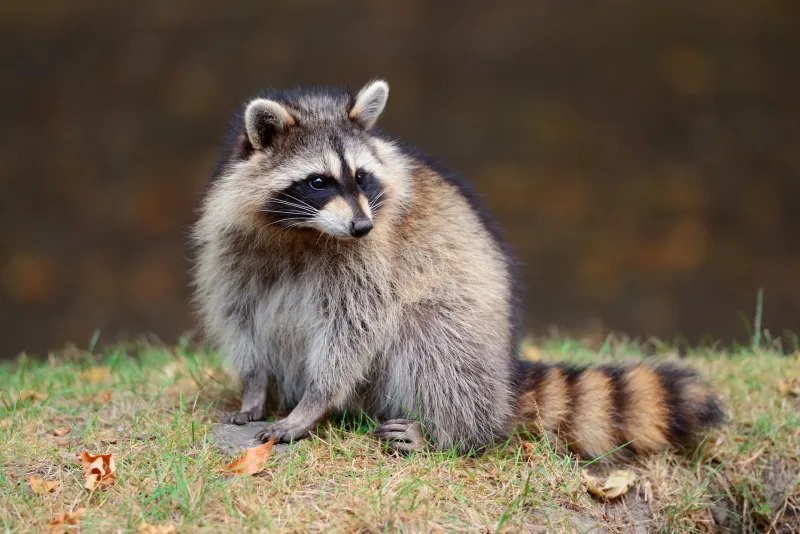
In the wild, raccoons typically live between 2 and 3 years, but with proper care and protection, they can live up to 5-7 years.
Their average lifespan in urban environments tends to be shorter due to traffic and disease, but raccoons in protected habitats can thrive for much longer.
19. Role In Ecosystem
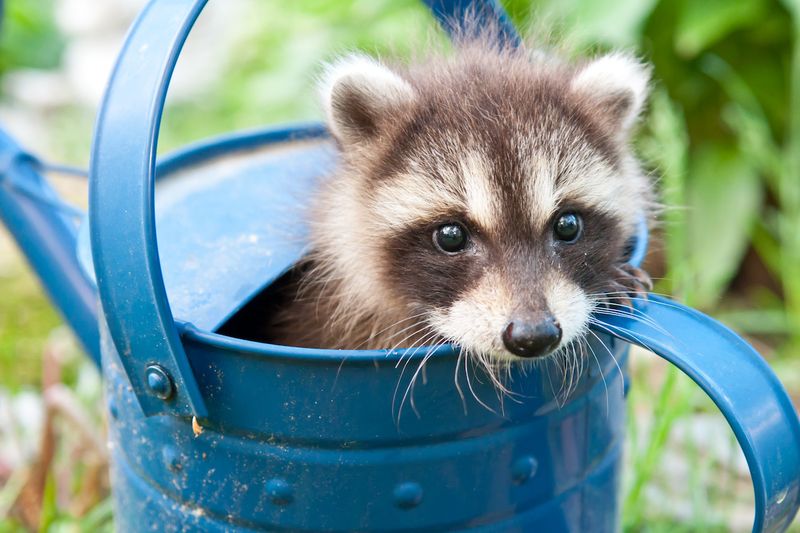
Raccoons play an important role in ecosystems by helping to control populations of insects, rodents, and other small animals.
They also disperse seeds, which helps with plant regeneration. As both predators and prey, raccoons help maintain the balance of their habitat.
20. Raccoons In Culture

Raccoons have made their mark in folklore, literature, and popular culture. From being symbols of cleverness and trickery to starring in animated films and TV shows, raccoons are beloved by many.
Their “masked” appearance and playful nature make them endearing characters in various forms of media.
21. Legal Considerations
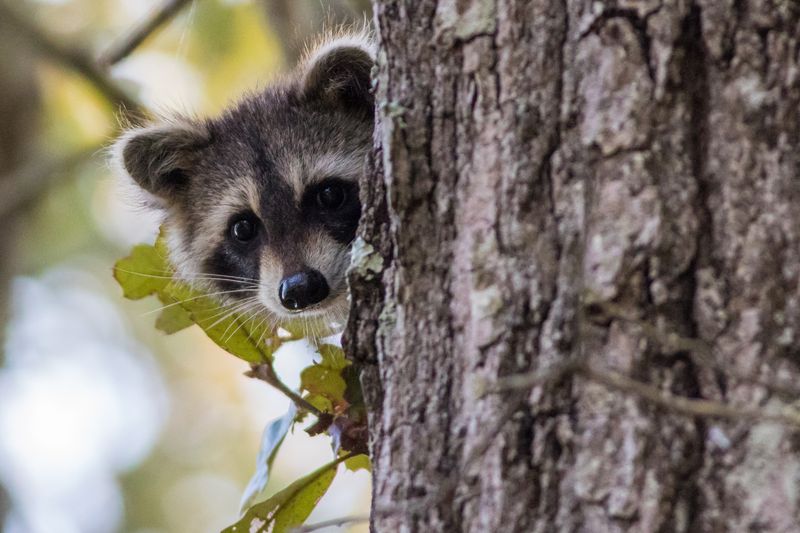
In some regions, raccoons are protected by law, and it is illegal to capture, domesticate, or harm them.
In other areas, raccoons are considered pests, and local regulations might require measures for controlling their populations. Always check your local laws before attempting to interact with or care for a wild raccoon.
22. Raccoon Diseases
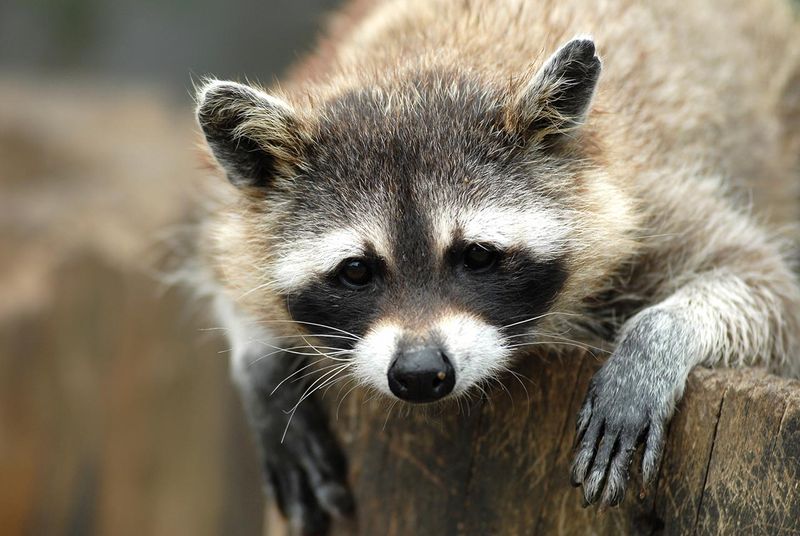
Raccoons can carry diseases such as rabies, leptospirosis, and parasites like roundworms. While the risk of contracting these diseases is low, it is important to avoid direct contact with wild raccoons.
If you spot a raccoon acting erratically or during the daytime, it might be a sign of illness and should be reported to wildlife authorities.

